Big cats, comprising species such as lions, tigers, leopards, jaguars, and cheetahs, are some of the most recognizable and captivating animals on the planet. Renowned for their power, agility, and majestic beauty, these feline predators play a pivotal role in maintaining the delicate balance of their respective ecosystems. Understanding why big cats are considered apex predators provides insight into their behaviors, biology, and ecological importance.
Defining Apex Predators

Apex predators are at the top of the food chain, with no natural predators of their own. They regulate the populations of other species within their habitats, promoting biodiversity and ecosystem health. For big cats, this role involves complex hunting strategies, territorial behaviors, and survival adaptations that reinforce their status as apex predators.
Physical Attributes: Built for Predation
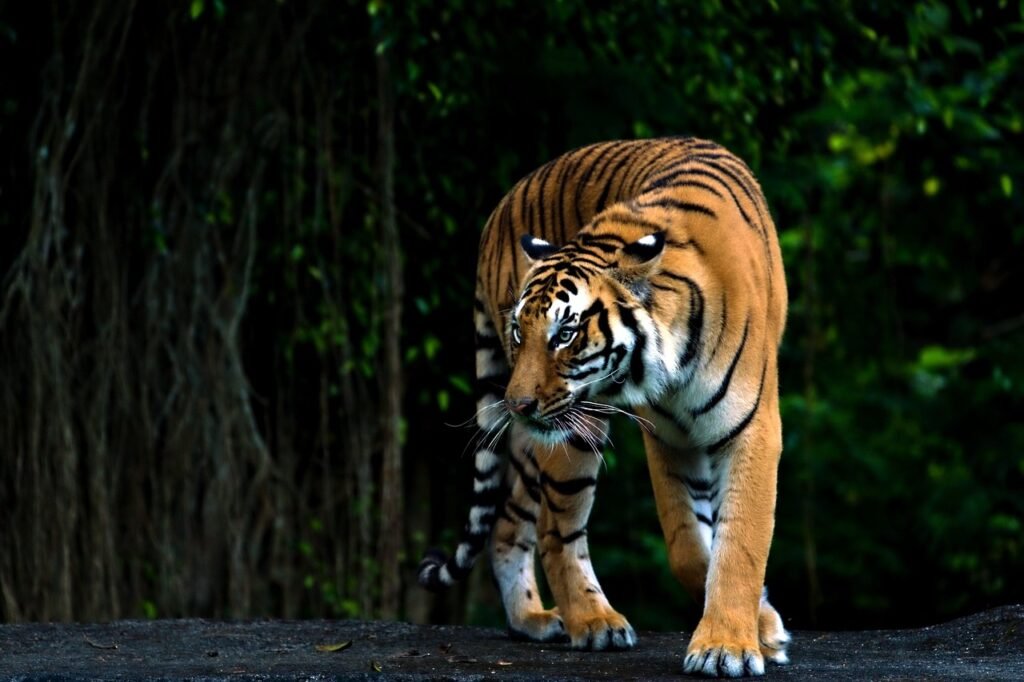
The physical attributes of big cats make them formidable hunters. They possess sharp retractable claws, elongated canine teeth, and powerful jaw muscles designed for gripping and subduing prey. Their muscular bodies and flexible spines enable them to sprint at high speeds and pounce with precision, while their keen senses of sight, smell, and hearing make them exceptional hunters both day and night.
Hunting Techniques and Strategies
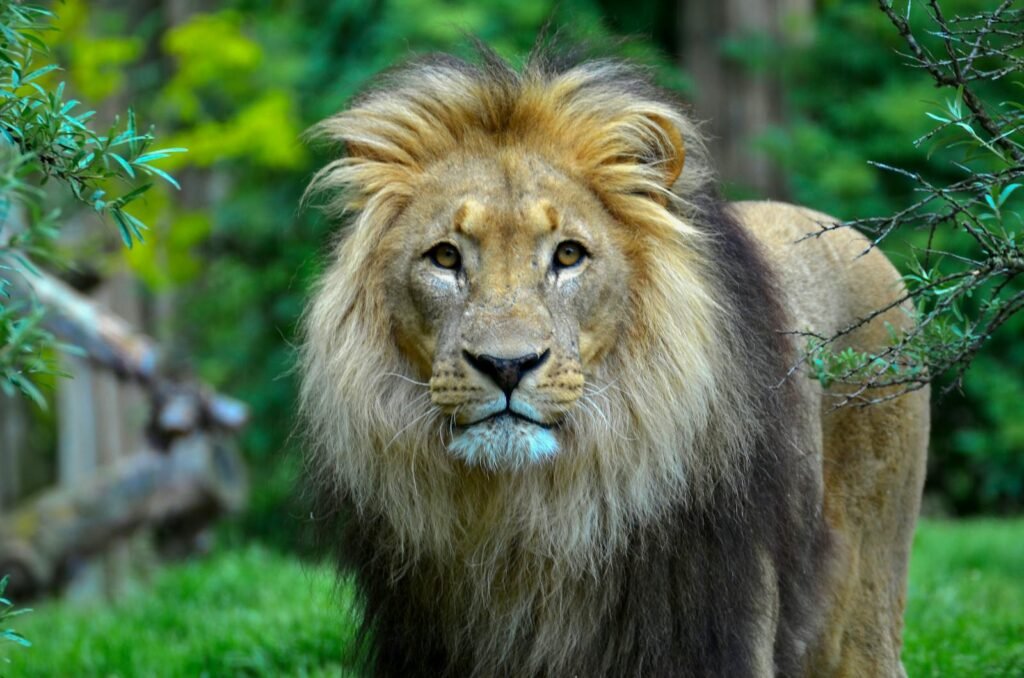
Big cats utilize a variety of hunting techniques to catch their prey, ranging from the solitary stalk-and-ambush tactics of leopards to the coordinated group hunts of lions. These approaches require patience, stealth, and an intimate knowledge of their environment, showcasing their advanced cognitive abilities and social behaviors.
Territorial and Solitary Patterns
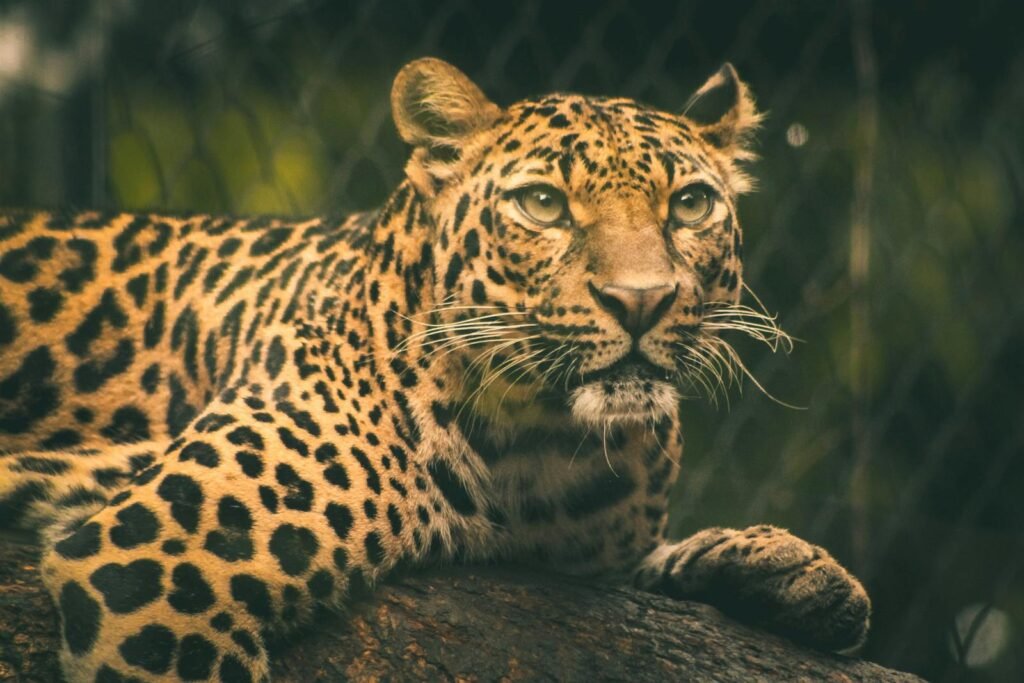
Many big cats are territorial and solitary creatures, marking and defending their territories from rivals to ensure access to resources. This territorial behavior helps maintain an ecological balance by preventing overpopulation in a given area and reducing direct competition for prey among individuals of the same species.
Adaptations to Diverse Habitats

Big cats are found in diverse habitats, from the dense tropical forests where jaguars roam to the open savannahs populated by lions. Each species has evolved unique adaptations to thrive in their specific environments, such as the tiger’s camouflage stripes in the forests or the snow leopard’s thick fur for cold mountains, enabling them to effectively hunt and sustain their populations.
Role in Ecosystem Health

As apex predators, big cats play an essential role in maintaining the health of ecosystems. By controlling herbivore populations, they prevent overgrazing and promote plant diversity. This cascading effect helps sustain a balance of species, supports carbon sequestration, and maintains ecosystem resilience in the face of environmental changes.
Influence on Biodiversity
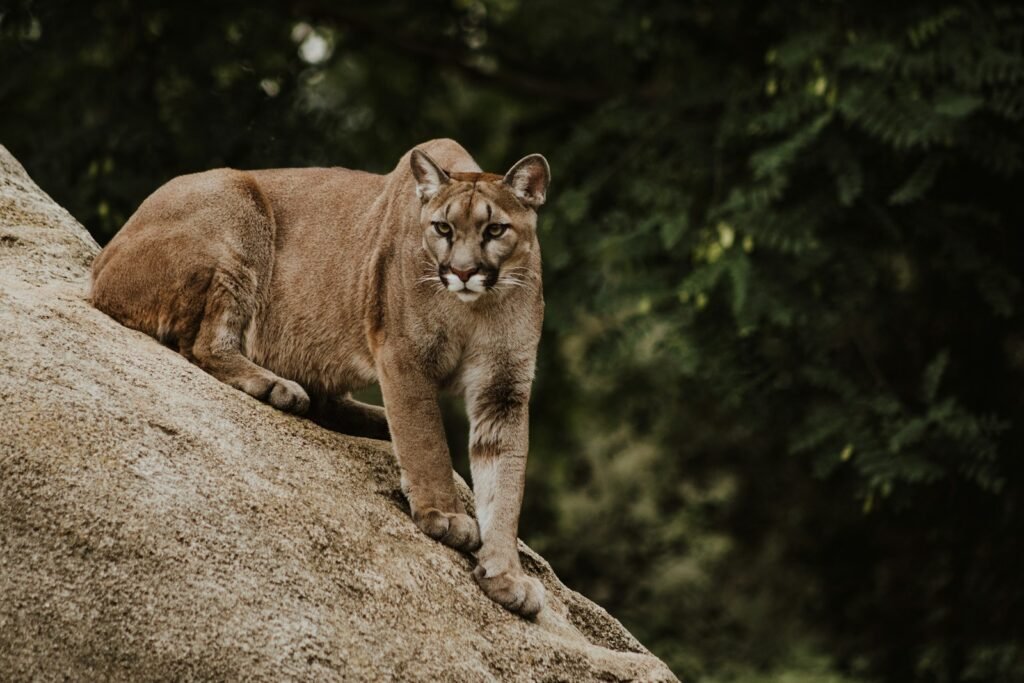
The presence of apex predators like big cats has been linked to high biodiversity levels in their habitats. Their predation pressure encourages healthy herd genetics, as weaker or diseased individuals are often targeted, thereby strengthening the prey population. Moreover, their activity can create opportunities for scavengers and other secondary species to thrive.
Challenges Facing Big Cats
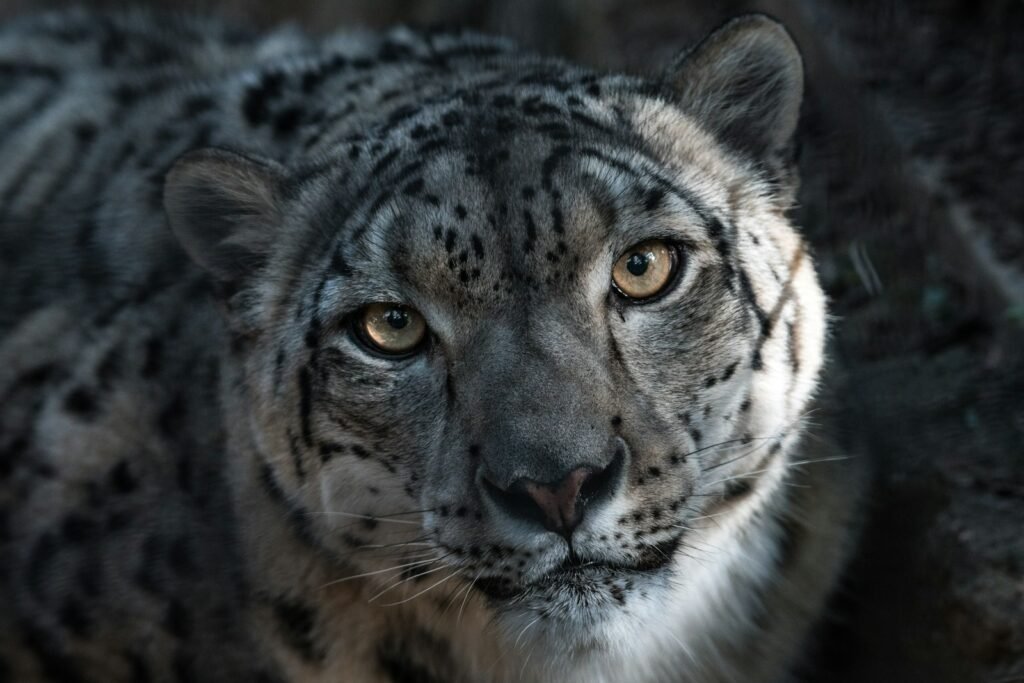
Despite their ecological importance, big cats are facing numerous challenges in the wild. Habitat loss due to human encroachment, poaching, and conflicts with humans are leading threats to their survival. Conservation efforts are critical to ensuring the viability of these magnificent predators and the ecosystems they help regulate.
Conservation Efforts and Future Prospects
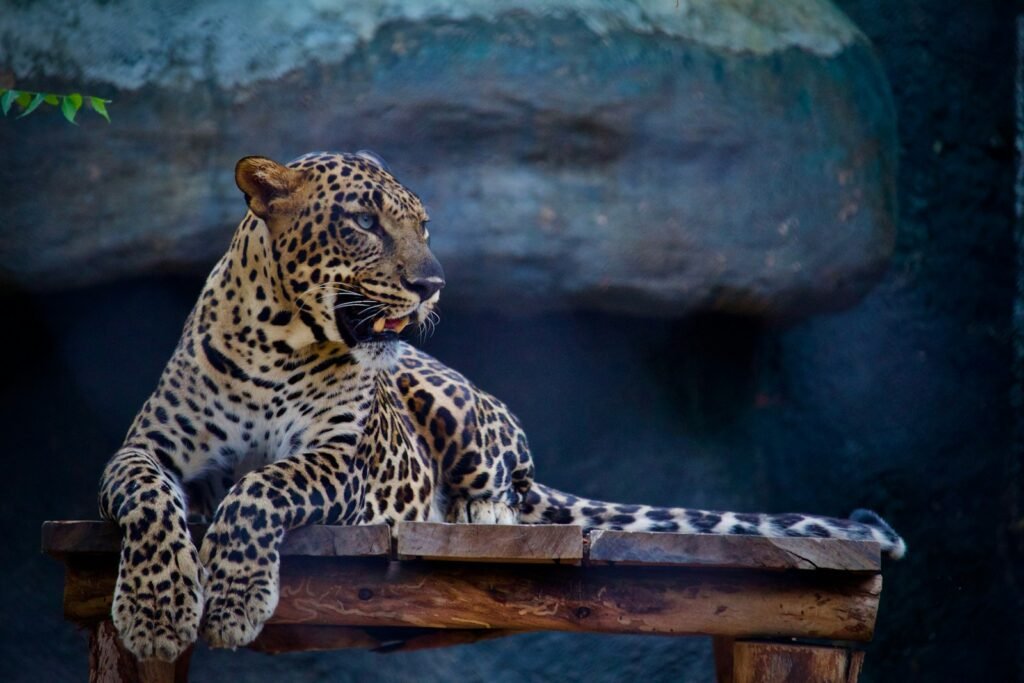
Conservation organizations are working tirelessly to protect big cat populations through habitat protection, anti-poaching measures, and community engagement. Striking a balance between human needs and wildlife conservation is essential to preserving these apex predators. By supporting such efforts, we can ensure that big cats continue to fulfill their vital ecological roles for generations to come.
Conclusion: The Imperative to Preserve Big Cats

Big cats are not only symbols of power and stealth but also crucial components of their ecosystems. Their role as apex predators underscores the intricate balance of life on Earth. By understanding and protecting these magnificent creatures, we preserve the natural world and enrich our own existence. The survival of big cats is both an ecological necessity and a global responsibility, making their conservation an urgent priority.





